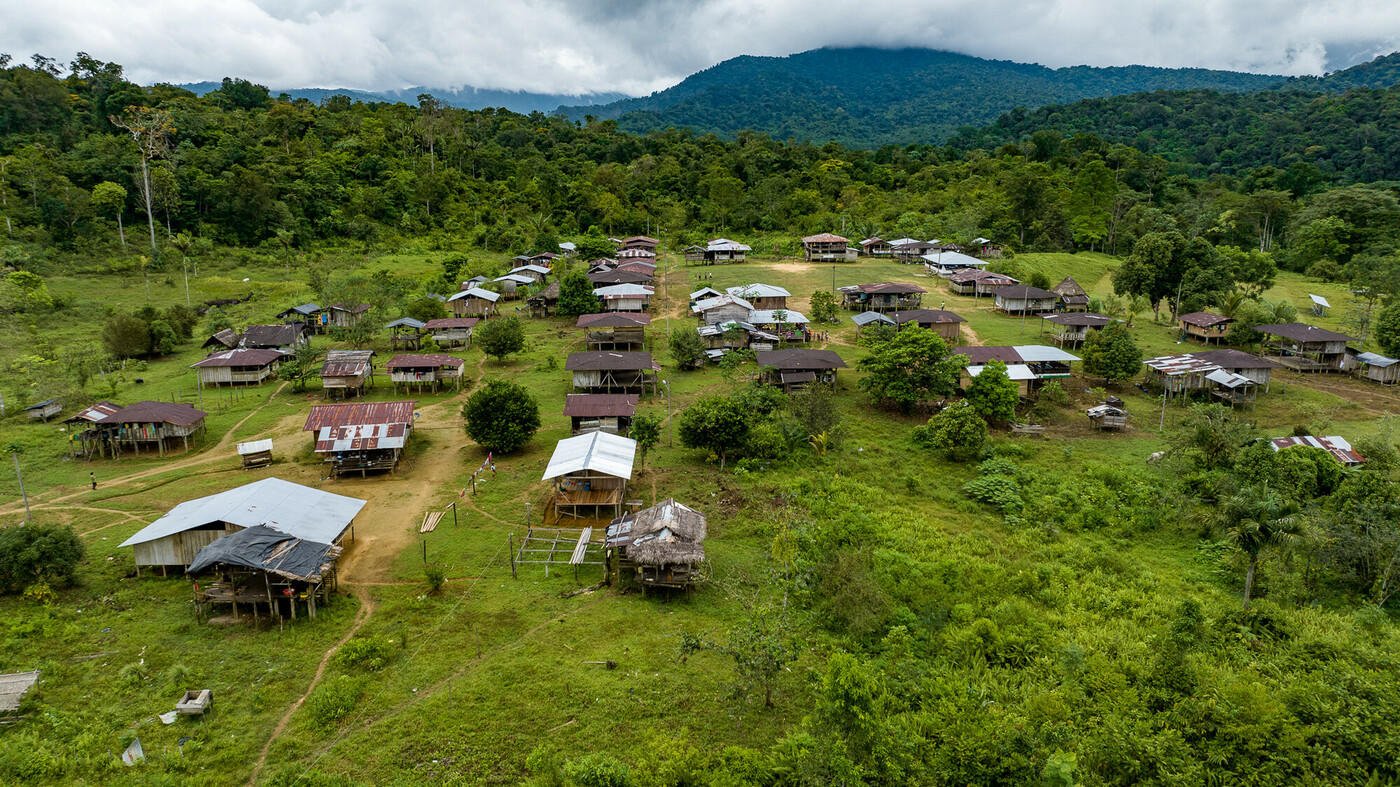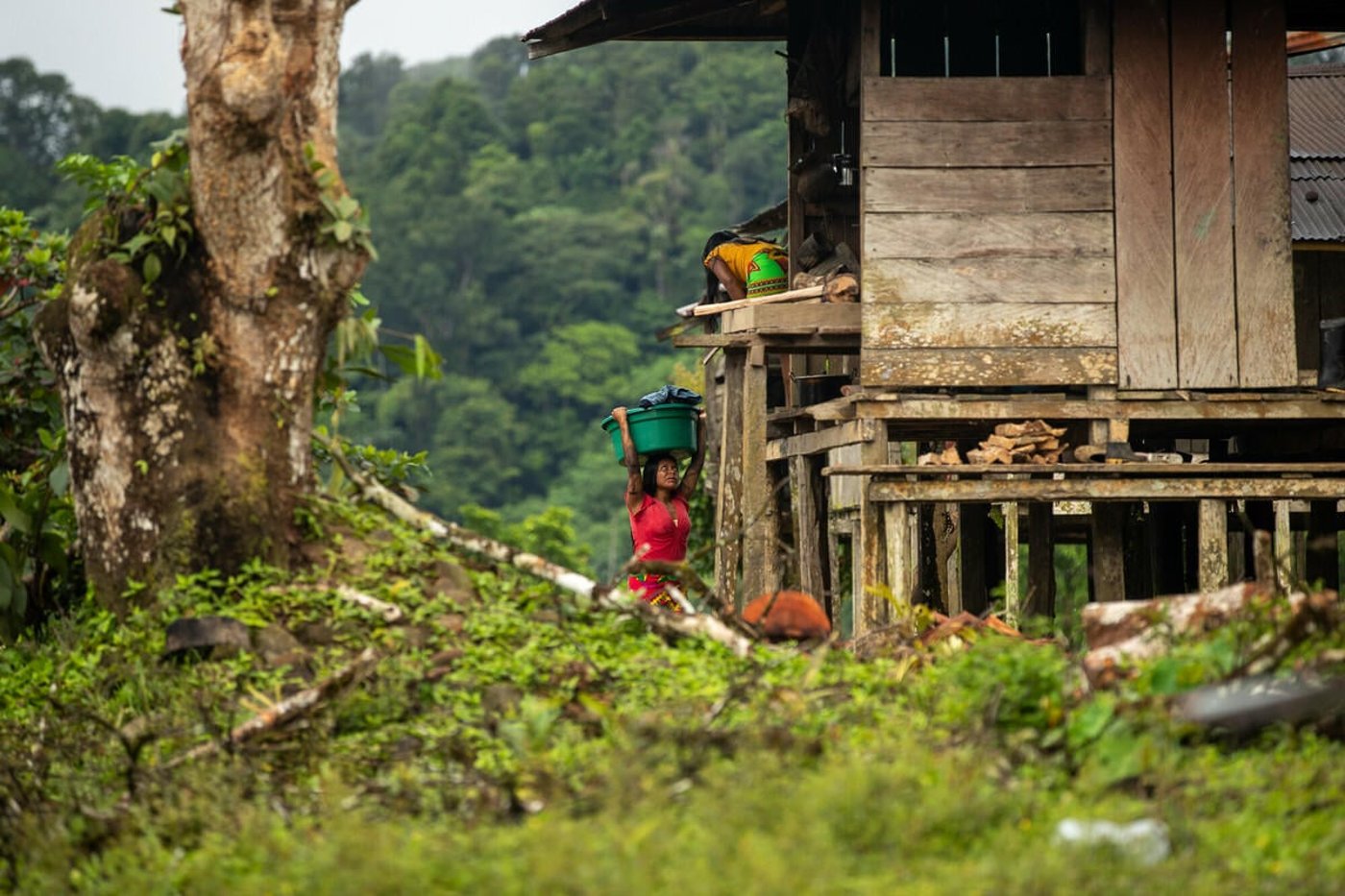Here’s what you need to know about confinement in the context of the armed conflict in Colombia.
1. Confinement is being used as a strategy in the conflict
Confinement is a strategy used by non-state armed actors to exert control especially in hard to reach areas where the state is absent. Whoever controls the population also controls the territory and illicit economies. Threats, the use of landmines, killings, sexual violence, armed violence and the imposition of curfews are intended to restrict the mobility of populations. A confined community is a trapped community.

2. A record number of people have been forced into confinement
Today, about 20,000 people remain confined in Colombia. During 2022, confinement exceeded the historical figures of the last 10 years due to territorial disputes between armed actors, according to the United Nations Office for the Coordination of Humanitarian Affairs (OCHA).
After the peace agreement was signed in 2016, confinement events increased, and 2022 was the worst year yet, with about 110,000 people forced into confinement. From 2017 to December 2022, OCHA has reported close to 200 lockdown events.
3. Confinement and the struggle for survival
When communities are confined, they are forced to survive on only the food they have in their homes, but supplies can quickly run out. Families are forced to remain in their homes indefinitely, without warning and no possibility to prepare. Communities are unable to do what they need to do to provide for themselves, such as fishing, hunting and farming, as well as economic activities such as traditional mining or logging. Children and young people are prevented from going to school.
According to the UN Refugee Agency, the threat to food security due to blockades of villages and the restriction of access to fields of crops and agricultural infrastructure is having devastating effects on the population.
4. Fear silences the population
Confinement events often occur silently. Many communities do not talk about what is happening to them because people feel threatened and afraid. In addition to restrictions on people’s movements, the necessary resources to meet people’s basic needs are also restricted. Communities sometimes have only two options when they are confined by armed groups: remain silent or suffer the violent consequences. Weak State presence in remote areas continues to have a serious impact for people living in rural areas.
5. Indigenous and Afro-Colombians are most affected
Lockdowns are disproportionately concentrated in certain areas of the country and continue to increase in the departments of Choco, Valle del Cauca and Nariño, which are primarily home to indigenous and Afro-Colombian communities.
More than half of the instances of confinement in the country are concentrated in Chocó Department, with 107 registered events between January 2017 and December 2022 (OCHA). In that same period, 68 per cent of the reported events affected an ethnic community.
Following threats from armed groups, 144,000 indigenous people and 64,838 Afro-Colombians have been forced to remain in their homes. The most affected municipalities in the country are Alto Baudó and Bojayá in Chocó and Buenaventura, in Valle del Cauca.

The Norwegian Refugee Council (NRC) calls on the Colombian government and armed groups to negotiate an end to the practice of non-state actors confining entire communities to their homes or territories, restricting their access to health care and education, and limiting their ability to find work.
Facts and data:
- During the first three months of 2023, more than 18,000 people have been forced to remain in their homes or territories. Many remain trapped, without food or access to health services. Children are unable to attend school and their education is at risk.
- In 2022, around 2.6 million people were affected by 192 events that restricted their mobility and limited their access to goods, services or rights.
- Between 2017 and 2022, more than 30,000 children were affected by confinements that prevented them from attending school or continuing their education.
- Between January and November 2022, there were 133 events that restricted the mobility of humanitarian aid organisations, limiting humanitarian access to 36,200 people.


